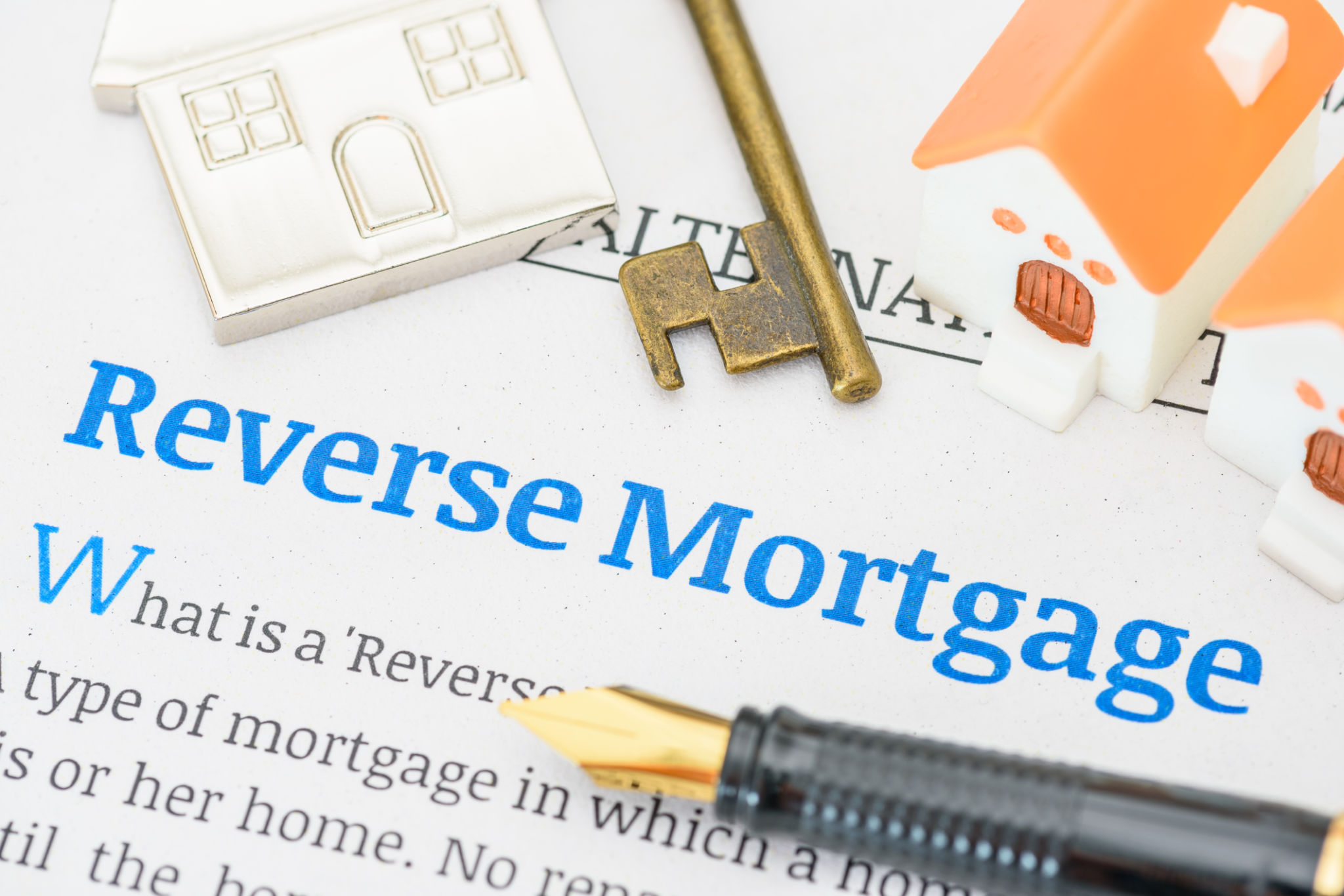Reverse Mortgages Explained: Is It Right for Your Retirement Strategy?
Understanding Reverse Mortgages
Reverse mortgages have gained popularity as a financial tool for retirees looking to leverage their home equity without selling their homes. But what exactly is a reverse mortgage, and how does it work? A reverse mortgage allows homeowners aged 62 and older to convert part of their home equity into cash, providing them with additional income during retirement. Unlike traditional mortgages, the borrower does not make monthly payments. Instead, the loan is repaid when the homeowner sells the home, moves out permanently, or passes away.

Types of Reverse Mortgages
There are several types of reverse mortgages available, each with its own set of terms and conditions. The most common type is the Home Equity Conversion Mortgage (HECM), which is federally insured and offers a variety of payout options. Other options include proprietary reverse mortgages, which are private loans backed by individual companies, and single-purpose reverse mortgages offered by some state and local government agencies for specific purposes like home improvements.
Benefits of a Reverse Mortgage
One of the main advantages of a reverse mortgage is the ability to access your home equity without having to sell your home. This can provide much-needed financial flexibility for retirees. Additionally, the funds received from a reverse mortgage are typically tax-free, which can be beneficial for those on a fixed income. Reverse mortgages also do not require monthly payments, helping to ease the financial burden during retirement.

Considerations and Risks
While reverse mortgages offer several benefits, they also come with risks and considerations. The costs associated with reverse mortgages can be high, including origination fees, closing costs, and servicing fees. Additionally, since the loan needs to be repaid when the homeowner passes away or moves out, it could impact the inheritance left to heirs. It’s crucial to carefully assess whether a reverse mortgage aligns with your long-term financial goals.
Eligibility Criteria
To qualify for a reverse mortgage, you must meet certain eligibility criteria:
- Be at least 62 years old
- Own your home outright or have a low mortgage balance
- Occupy the home as your primary residence
- Have the financial resources to maintain the home and pay property taxes and insurance

How to Apply for a Reverse Mortgage
The process of applying for a reverse mortgage involves several steps. First, you need to seek counseling from a HUD-approved counselor to understand the implications and responsibilities. After counseling, you can choose a lender and apply for the loan. The lender will assess your eligibility and conduct an appraisal of your home. If approved, you will receive your funds either as a lump sum, monthly payments, or a line of credit.
Is a Reverse Mortgage Right for You?
A reverse mortgage might be suitable for retirees who wish to stay in their homes and need additional income. However, it's essential to consider all aspects and consult with financial advisors to ensure it fits within your retirement strategy. Alternatives such as downsizing or selling your home might also be worth exploring depending on your circumstances.
Ultimately, making an informed decision about whether a reverse mortgage is right for you involves understanding both the benefits and potential drawbacks. With careful consideration and professional advice, you can determine if this financial tool aligns with your retirement goals.
